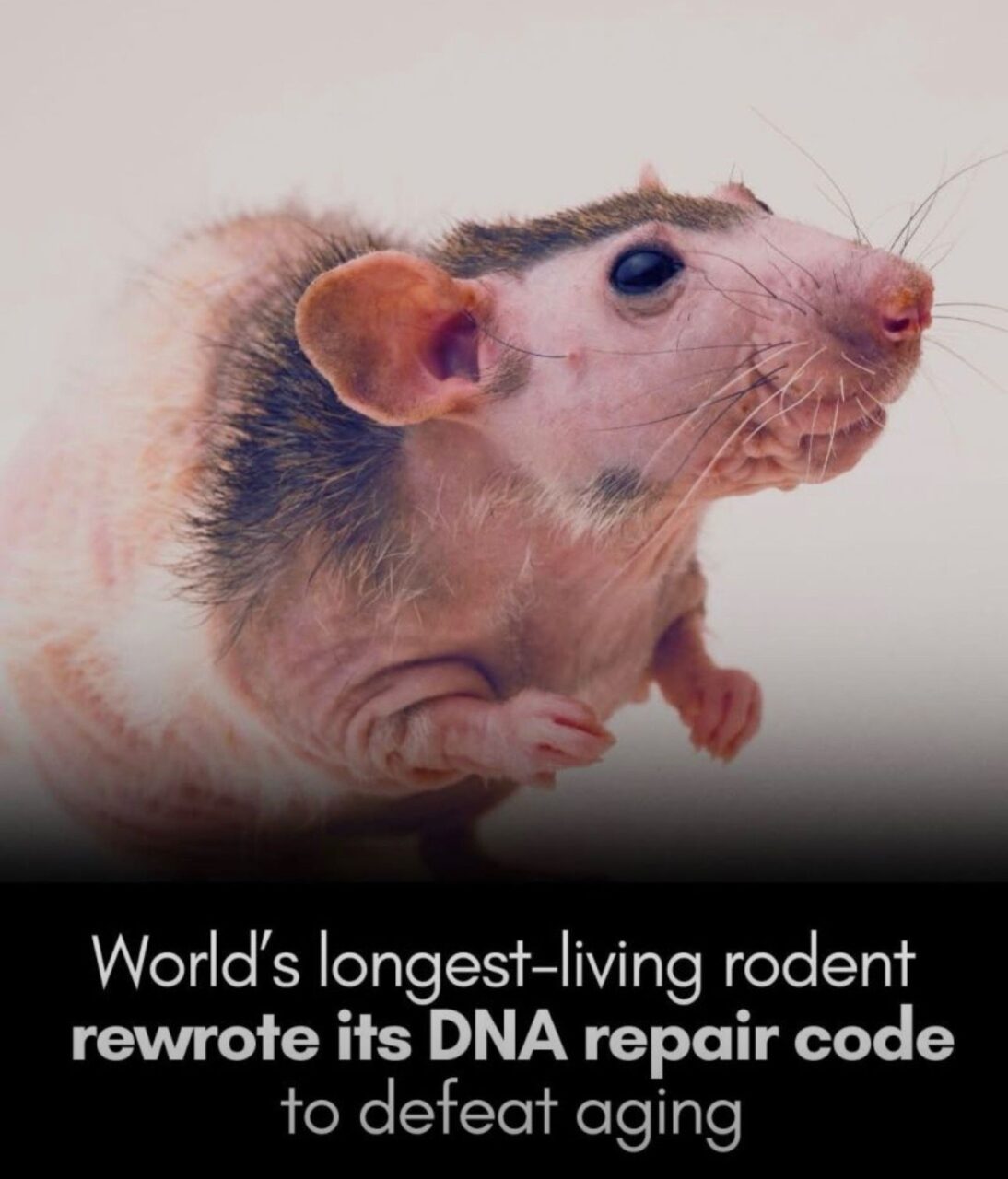
Dr. Hemant M.: As a Medical Professional, I Find This Discovery Nothing Short of Fascinating
Dr. Hemant M., Managing Partner at Mayuri IVF & Fertility Hospital, shared a post on LinkedIn:
“As a medical professional, I find this discovery nothing short of fascinating.
The naked mole rat, a bald, nearly blind creature that spends its life underground, may hold one of the biggest clues to slowing human aging.
Despite its appearance, it lives up to 40 years — over 10 times longer than a mouse — and remarkably resists cancer, neurodegeneration, and arthritis.
Researchers at Tonji University, Shanghai, have uncovered a key reason why: a protein called c-GAS, central to DNA repair. In humans, this protein can actually interfere with DNA repair, leading to cellular damage and aging. But in naked mole rats, evolution seems to have flipped the script — their c-GAS variant enhances DNA repair, preserving genetic stability for decades.
It’s a stunning reminder of how small molecular differences can produce massive biological advantages. If scientists can harness or mimic this mechanism, we could be looking at a future where we delay aging, protect the brain, and prevent chronic disease at the molecular level.
The naked mole rat might not look like a symbol of health — but inside its cells, it carries a masterclass in longevity.”

Stay updated with Hemostasis Today.
-
Nov 3, 2025, 08:23The 1st Participant in A New CHECK-NIRS Clinical Study is Enrolled!
-
Nov 3, 2025, 08:15Bert van Meurs Shares the New Late-breaking Results from the iMODERN Trial
-
Nov 3, 2025, 07:10Lisa Shea Shares Key Takeaways from NORD Summit 2025
-
Nov 3, 2025, 06:49Darshan Doshi on Results of iMODERN and ILIAS ANOCA Studies Presented at TCT 2025
-
Nov 2, 2025, 14:172019 ESC/EAS Guidelines for the Management of Dyslipidaemias Discussion with Lale Tokgözoğlu and Jeanine Roeters van Lennep
-
Nov 3, 2025, 09:13Claudio Carrubba on How Timing Truly Matters in Trauma Embolization
-
Nov 3, 2025, 08:46Rachel Lamerton and Colleagues on Activation of Platelets in Flow Cytometry
-
Nov 3, 2025, 04:56Nirupama Ramadas and Erica Sparkenbaugh on Thromboinflammation in SCD
-
Nov 2, 2025, 14:21Claude Franceschi: I Advise You to Understand the Hemodynamic Pathophysiology of Venous Diseases Rather than Blindly Applying Ablation Techniques or Venous Stent Placement
-
Nov 2, 2025, 14:15Krishna Aragam: Why are (DCM) and Heart Failure About Twice as Common in Individuals of Self-Identified Black Race?
-
Oct 29, 2025, 07:31The Use of Artificial Intelligence to Improve Detection of Acute Incidental Pulmonary Emboli - JTH
-
Oct 29, 2025, 07:05Shrinidhi Nathany: AI in Diagnostic Medicine
-
Oct 28, 2025, 07:02Aya Berman: AI Model for Predicting Bacteremia
-
Oct 28, 2025, 06:55The New Era of Genomics, AI and Cell Therapy in Hematology and Infectious Diseases
-
Oct 28, 2025, 06:49Lukas Gaats: Researchers Are Building Reproductive Organoids
-
Nov 3, 2025, 09:24Stephen Cornelissen: It’s Not Just About Emergencies — It’s About Everyday Care, Chronic Conditions and Hope
-
Nov 3, 2025, 06:57Maria Elisa Mancuso Reflects on 2025 Annual Congress of the Italian Association of Hemophilia Centres
-
Nov 3, 2025, 05:46Chandra Viswanathan: When Blood Safety Fails, We All Bleed - A Call for Reform and Responsibility
-
Nov 2, 2025, 14:17Anamaria B: Your Mother Still Runs Part of Your DNA
-
Nov 2, 2025, 10:57Paul Bolaji on Launching The First Centralised Nigerian National Stroke Registry
